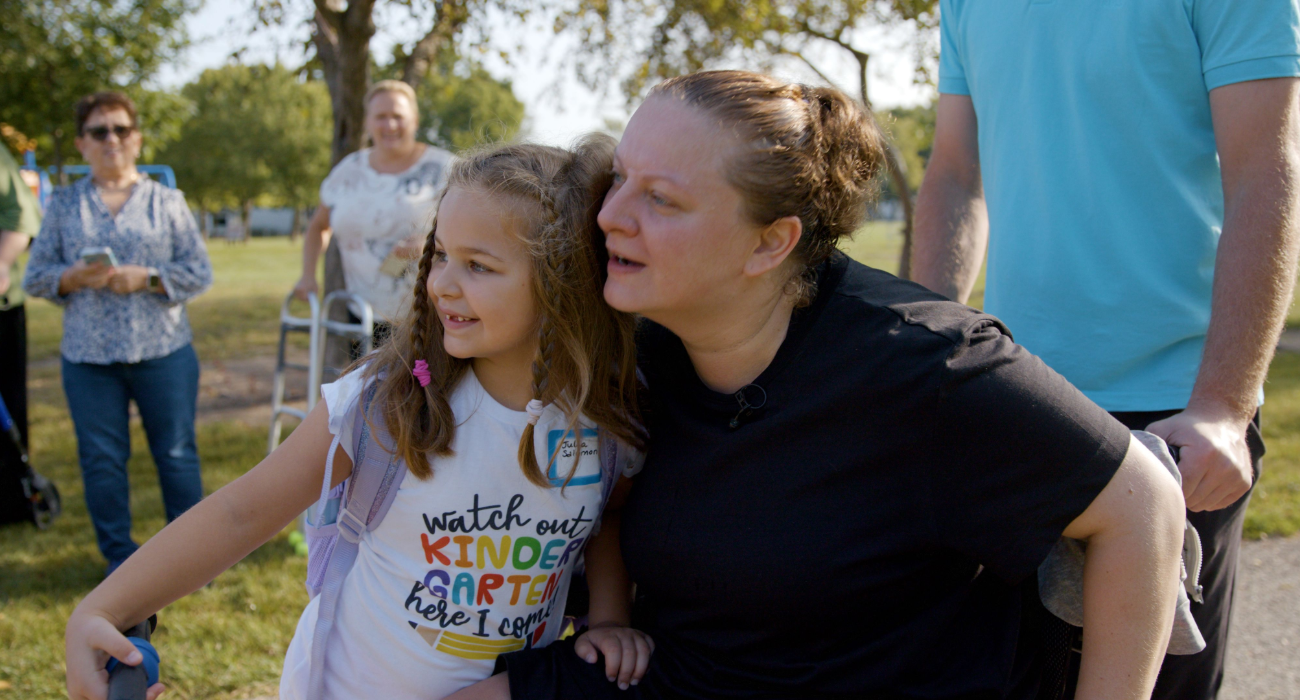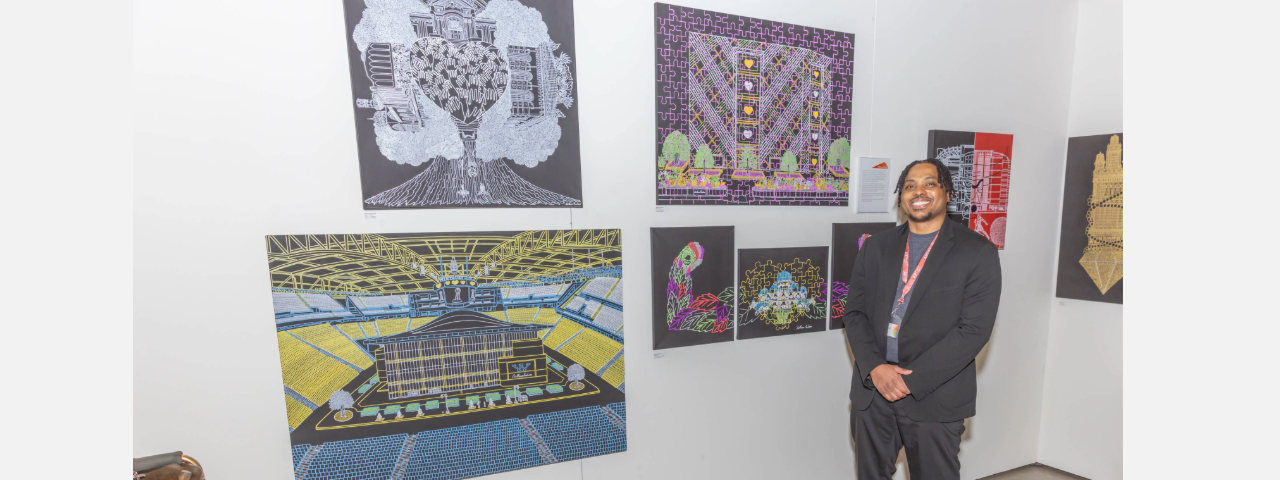Body
Thirty-nine-year-old nurse Evelyn S. had a daily routine. After her night shift at a hospital in Chicago’s Western suburbs, she would pick up her young daughter, Julia, from daycare. Then, the two of them would go home to enjoy the rest of the afternoon.
Their routine was upended one morning when Evelyn and Julia were rear-ended by a driver traveling at high speed.
Fortunately, Julia was not injured in the car accident — but the impact on Evelyn was much more severe as she experienced an incomplete spinal cord injury (SCI), causing paralysis from the chest down. In fact, early on, a doctor conjectured that chances of her again being able to walk were about one in a million.
After 10 days in an acute-care hospital, Evelyn transferred to Shirley Ryan AbilityLab for inpatient care and rehabilitation.
She remembers thinking, “I will be that one in a million.” For motivation, she watched Shirley Ryan AbilityLab’s videos featuring patients recovering from SCI.
“Honestly, that was the best thing I could have done,” she said. “The videos gave me hope and allowed me to push forward.”
From First Goals to First Movement
Body
During six weeks as an inpatient, Evelyn spent at least three hours a day in physical and occupational therapy.
Her initial goals focused on regaining skills of daily living, such as transferring from her bed to her wheelchair, getting dressed and other basic, everyday self-care tasks.
Evelyn’s caretakers — including her mom and husband — had to learn how to lift and transfer her safely so she eventually would be able to get in and out of a car after discharge from inpatient care.
During her time as an inpatient, Evelyn also complemented her daily therapy through participation in therapeutic recreation and a research study that focused on spasms in people with SCI.
Though Evelyn was making progress with her upper-body mobility through intensive therapy, she had no movement from her waist down.
However, only a week before her discharge date, she was able to move her toes. Her physical therapist reassessed her and discovered that, indeed, some movement was starting to come back in her lower body.
Regaining Mobility in DayRehab
Body
Two weeks after moving her toes, Evelyn started the next phase of her rehabilitation journey at Shirley Ryan AbilityLab’s Arlington Heights DayRehab Center®. DayRehab allows patients to continue regaining the highest level of function, while living their life at home.
At DayRehab, Evelyn’s physical therapist found she was regaining mobility in her legs.
“My muscles were really weak, but I had way more movement than we thought,” said Evelyn.
Evelyn started working on gait training. Gait training puts mechanical stress on muscles to help muscles and the nervous system begin to work again, even in patients with limited or no movement in the legs, and increases the potential for recovery.
She started on a treadmill with a harness to support her body, and physical therapists worked at her side to advance her legs and facilitate movement.
“At first, one leg was weaker than the other, but we were able to move from the treadmill to walking with a walker and slowly decreased the body support as I started to bear more weight on my legs,” said Evelyn.
Evelyn spent three days a week in DayRehab and continued to experience an explosion of progress — from using a walker without anyone supporting her to increasing her walking distance without needing to sit down and gaining strength through aquatic therapy.
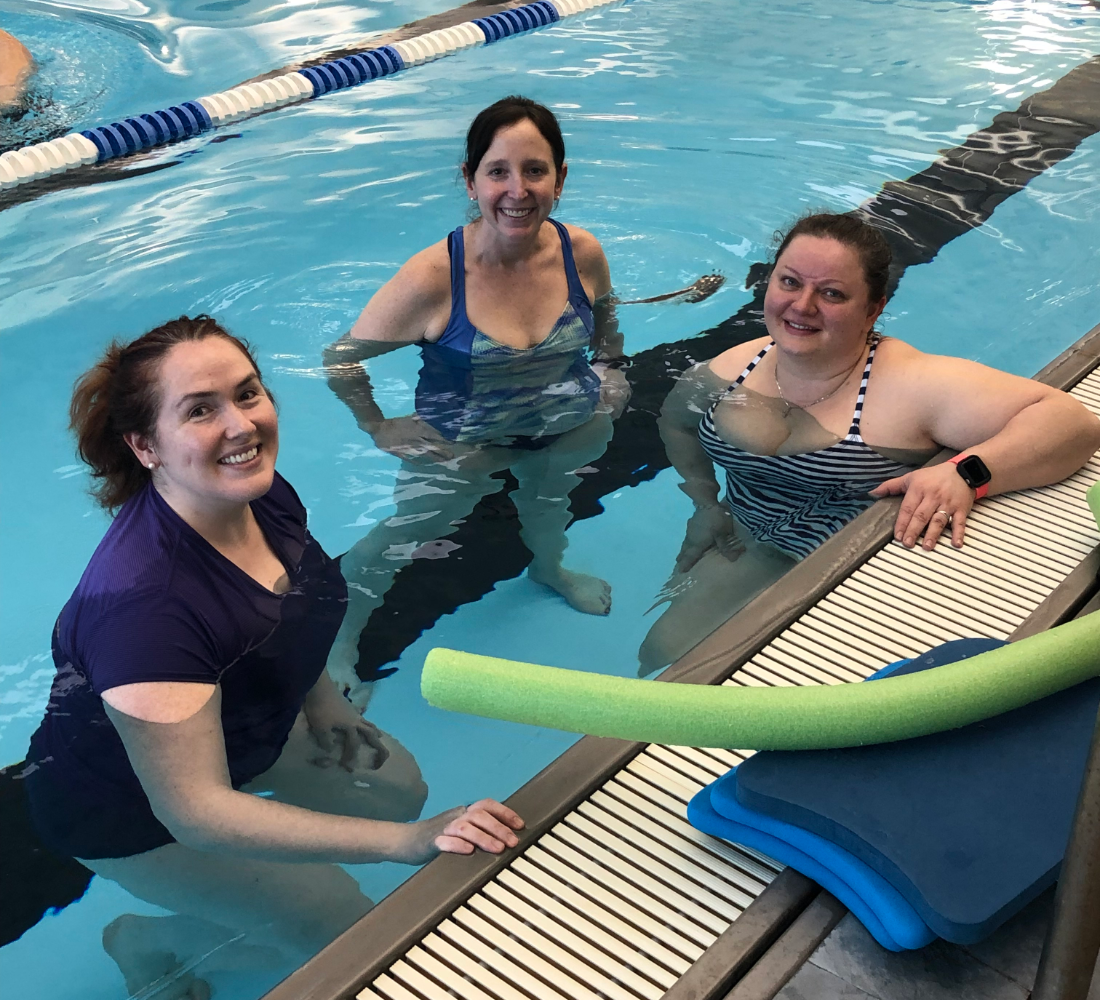
During her time at DayRehab, Evelyn overcame one major setback when she had her appendix removed. While the surgery was unrelated to her SCI, it took two months to regain the progress she had made. Not only did she regain this process, but she advanced to walking with the use of a walker or crutches.
“The Shirley Ryan AbilityLab team is amazing. These are the people who first gave me hope that I can walk again. They physically moved my legs when I wasn’t strong enough to do so. The wonderful physical and occupational therapists helped me build the confidence that my legs can support me again — and that I can do hard things,” said Evelyn. “My care team went above and beyond to make sure I have all the needed tools to be successful on this journey.”
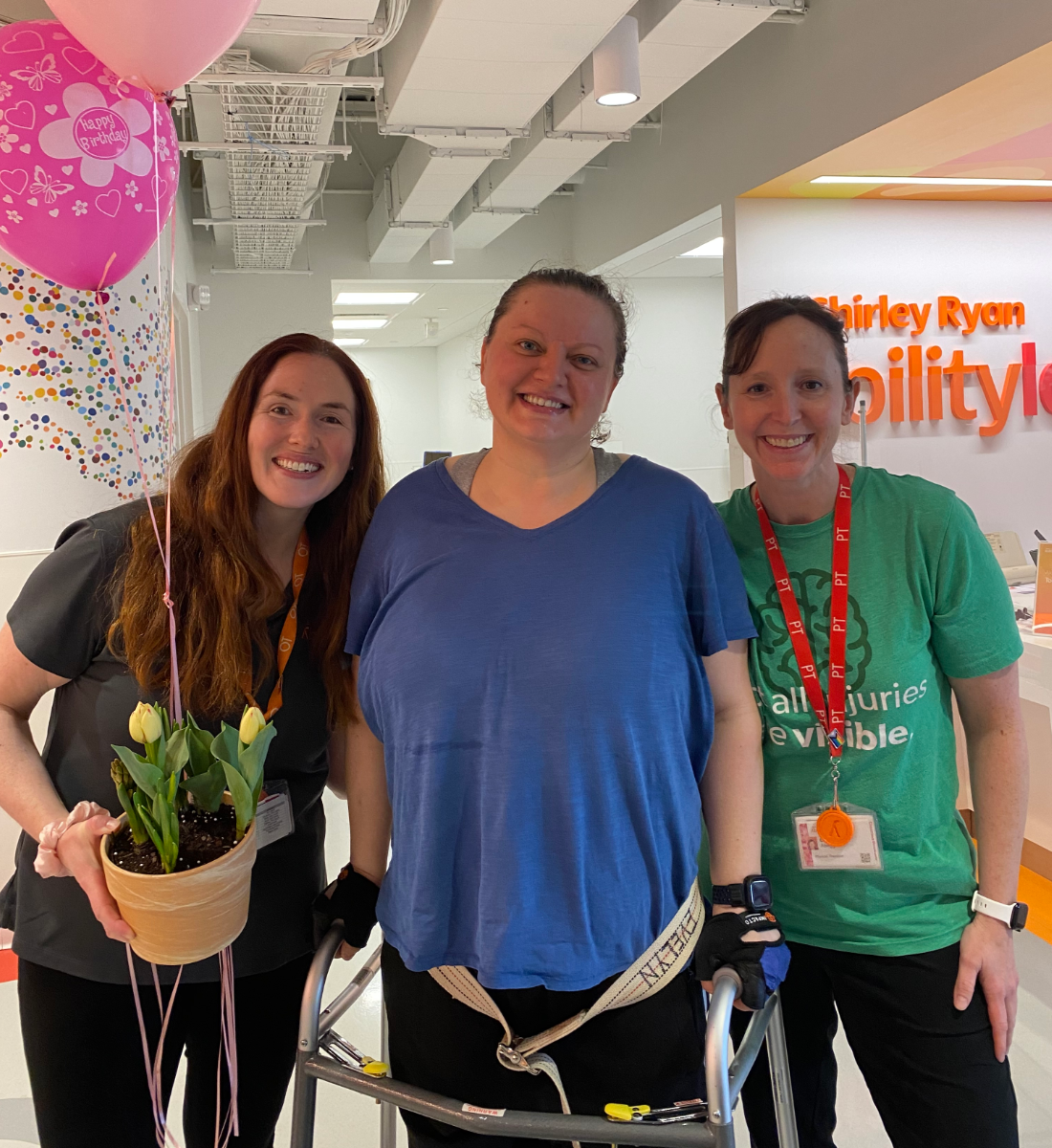
Evelyn Walks Her Daughter to Kindergarten
Body
Recently, Evelyn set her sights on her greatest milestone yet: walking Julia to school for her first day of kindergarten.
In the weeks leading up to this moment, Evelyn and her family practiced the walk every weekend — twice a day — to make it easier. In fact, she measured the distance of the walk into school: 630 feet.
On the first day of school, Evelyn’s friends and family — all of whom have supported her throughout her recovery — cheered her on as she walked to school, with Julia buzzing about by her side on a scooter.
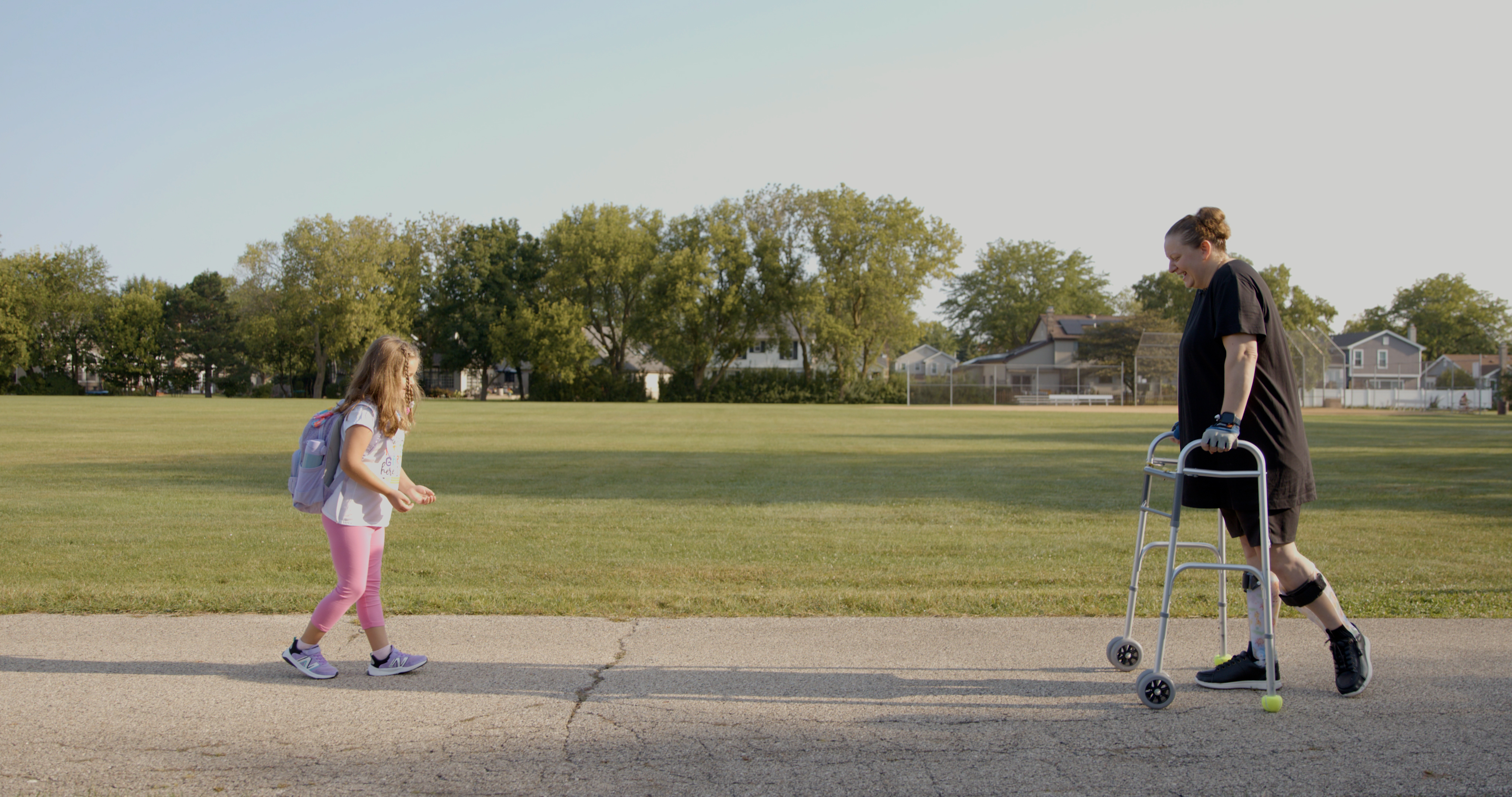
For Evelyn, this milestone carried especially deep meaning, as it occurred on the second anniversary of her accident.
“Today means a lot. I’m going to try to shift my focus from it being the anniversary of the accident to being the first day of kindergarten,” said Evelyn.
Evelyn hopes the first-day-of-kindergarten milestone marks a turning point for Julia — and that the trauma and memories of the car accident will begin to have less of an impact on her now that she sees her mom walk again. Evelyn also hopes Julia, and anyone else who has experienced an accident or who may be starting their own rehabilitation journey, will push forward to see what is achievable.
“Don’t ever give up,” said Evelyn. “Once you’re given a chance that something can go in the right direction, keep fighting.”
